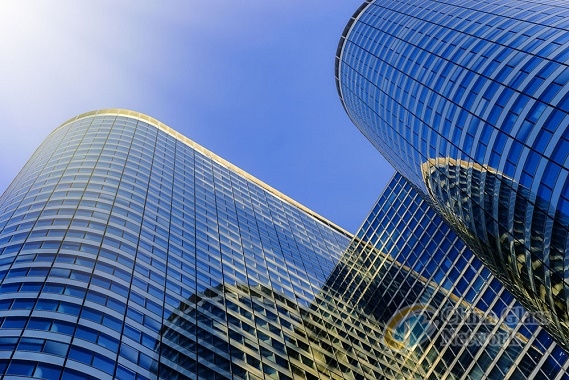Post Time:Jun 11,2019Classify:Industry NewsView:3009
The future of the global low-e glass market looks promising with opportunities in the residential and non-residential construction and automotive industries. The global low-e glass market is expected to reach an estimated $39.4 billion by 2024 with a CAGR of 5.4% from 2019 to 2024. The major drivers for this market are growth in construction activities and increasing awareness towards energy saving in residential and non-residential construction industries. Emerging trends which have a direct impact on the dynamics of the low-e glass market include increasing usage of advanced nanotechnology to make the low-e glass dirt and water repellent and usage of lightweight glazing in low-e glass for automotive to make vehicles more lightweight, which also serves to improve fuel efficiency.
Trends, opportunities and forecast in low-e glass market to 2024 by glazing (single glazing, double glazing, and triple glazing), end use industry (building, automotive, and other end use), coating type (offline/hard coating and online/soft coating) and region (North America, Europe, Asia Pacific, and the Rest of the World.
Within the global low-e glass market, building will remain the largest end use market; it is also expected to witness the highest growth during the forecast period due to increasing building construction activities and tax incentives in energy efficient upgrades in existing buildings. Asia Pacific is expected to remain the largest region and witness the highest growth over the forecast period supported by increasing urbanization and growth in residential and non-residential construction industry.
Some of the low-e glass companies profiled in this report include Asahi Glass, Saint-Gobain, Nippon Sheet Glass, Xinyui Glass Holdings, CSG Holdings, Taiwan Glass Industries, and Corning Incorporated and others.

Source: finance.yahoo.comAuthor: Shangyi